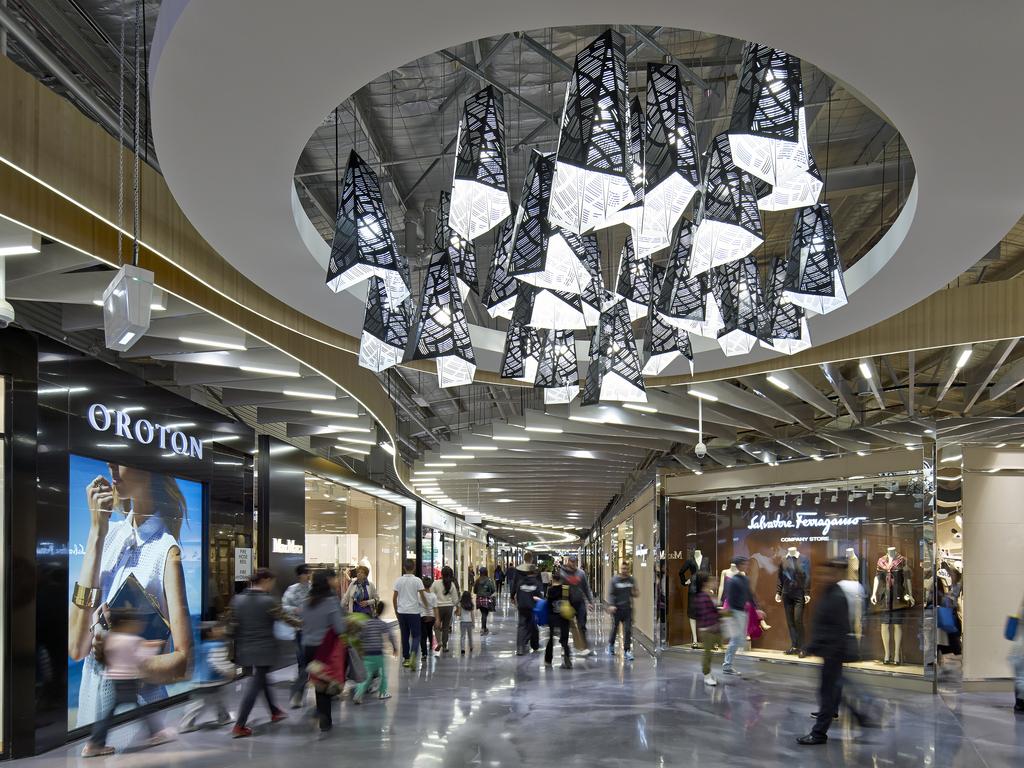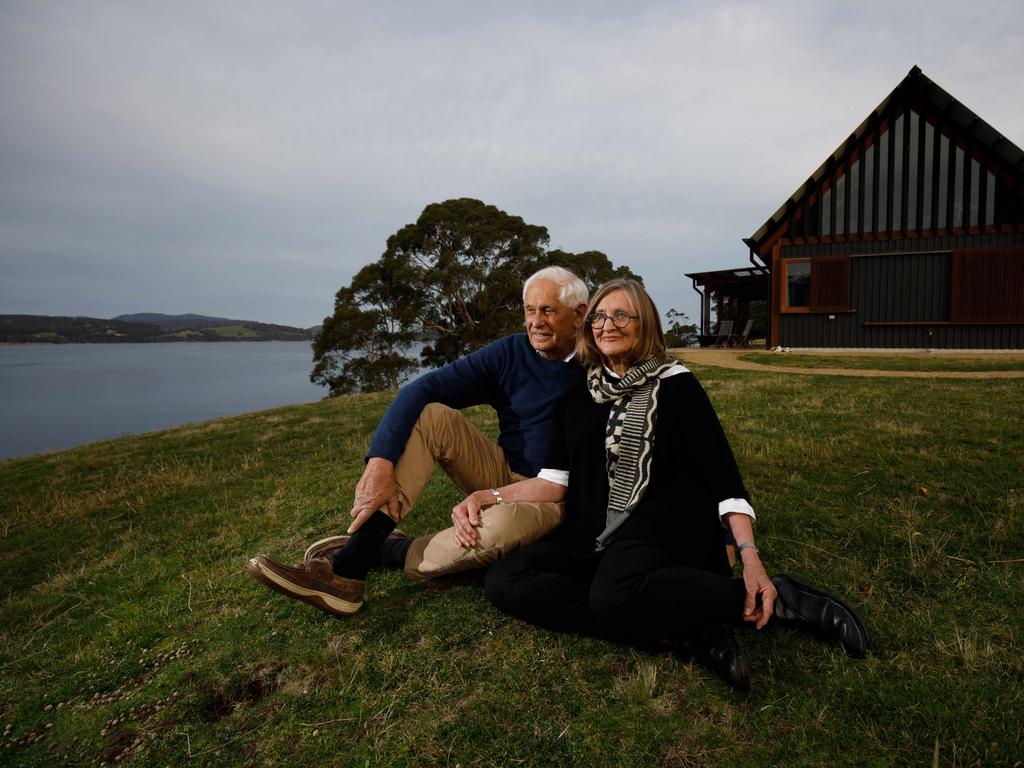Inflation tops 2pc for the first time since 2018
Spike in vegetable prices due to drought and bushfires helped push inflation to 2.2pc in the first quarter, before COVID-19 kicked in.

Australian shoppers faced a steep rise in the price of fruit, vegetables and other essential grocery items over the first few months of the year, as drought was followed by panicked buying amid ramping fears of the COVID-19 pandemic in March.
Severe drought conditions triggered a 9 per cent spike in the cost of vegetables over the March quarter, helping lift annual inflation above 2 per cent for the first time since 2018, as official data captured an inflationary pulse that is expected to give way to a pandemic-related deflationary shock in the June quarter.
The consumer price index rose 0.3 per cent over the first three months of the year, bringing the annual rate to 2.2 per cent: the highest since September 2014, according to the Australian Bureau of Statistics figures released on Wednesday.
Headline CPI rose by 1.8 per cent last year, after lifting 0.7 per cent over the three months to December.
ABS chief economist Bruce Hockman said: "Drought and bushfire related effects impacted prices for a range of food products”.
The most significant quarterly price rises were a 1.9 per cent increase in food prices – including a 6 per cent jump in fruit and vegetable prices – a 2.6 per cent rise in education, and a 1.7 per cent lift in health prices.
These price rises were offset by a heavy 6 per cent decline in fuel prices as global oil prices collapsed, while bushfires restricted travel and drove holidays costs down 3.2 per cent
The economic impact of the pandemic began to show from mid-March, and the deflationary impact of the COVID-19 crisis will only become fully evident in the June quarter figures, Mr Hockman said.
That said, "there were some price effects of COVID-19 apparent in the March quarter due to higher purchasing of certain products towards the end of the quarter, as restrictions came into effect”.
Most notably, prices for high-demand supermarket items such as toilet paper and personal care products such as soap and hand sanitiser lifted 2.2 per cent, while cereal products such as rice and pasta jumped 4.4 per cent.
CBA head of Australian economics Gareth Aird said the lift in consumer prices will reverse sharply over the three months to June.
“The spike in unemployment coupled with the contraction in GDP, plunge in the price of oil and global recession means that we expect deflation in the short run, even with a lower Aussie dollar,” Mr Aird said. Free childcare, thanks to special government support to the sector, will also contribute to a broad decline in consumer prices, he said.
Reserve Bank governor Philip Lowe has said he is expecting a “significant decline” in inflation in the June quarter, pushing the economy into deflation for the first time in close to six decades.
Dr Lowe, in a speech last week, said stripping out more volatile items, such as food and petrol prices, should still leave “underlying” CPI growth – the measure targeted by the RBA – in positive territory.








To join the conversation, please log in. Don't have an account? Register
Join the conversation, you are commenting as Logout